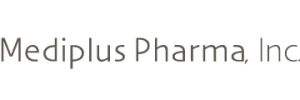Collagen
Collagen is one of the proteins that make up the dermis, ligaments, tendons, bones, and cartilage of mainly vertebrates. It accounts for about 30% of all human proteins. It not only works in the body, but is also used in various forms in human life, including foods and cosmetics.
The types of collagen are classified using Roman numerals, such as type I and type II.


